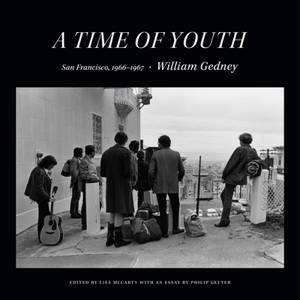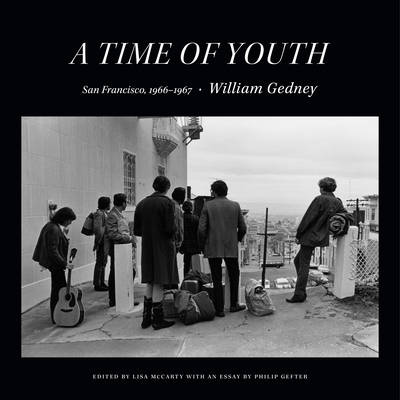
- Afhalen na 1 uur in een winkel met voorraad
- Gratis thuislevering in België vanaf € 30
- Ruim aanbod met 7 miljoen producten
- Afhalen na 1 uur in een winkel met voorraad
- Gratis thuislevering in België vanaf € 30
- Ruim aanbod met 7 miljoen producten
Zoeken
Omschrijving
A year before 1967's famed Summer of Love, documentary photographer William Gedney set out for San Francisco on a Guggenheim Fellowship to record "aspects of our culture which I believe significant and which I hope will become, in time, part of the visual record of American history." A Time of Youth brings together eighty-seven of the more than two thousand photographs Gedney took in San Francisco's Haight-Ashbury neighborhood between October 1966 and January 1967. In these photographs Gedney documents the restless and intertwined lives of the disenchanted youth who flocked to what became the epicenter of 1960s counterculture. Gedney lived among these young people in their communal homes, where he captured the intimate and varied contours of everyday life: solitude and companionship, joyous celebration and somber quiet, cramped rooms and spacious parks, recreation and contemplation. In these images Gedney presents a portrait of a San Francisco counterculture that complicates popular depictions of late 1960s youth as carefree flower children. The book also includes facsimiles of handwritten descriptions of the scenes Gedney photographed, his thoughts on organizing the book, and other ephemera.
Specificaties
Betrokkenen
- Auteur(s):
- Uitgeverij:
Inhoud
- Aantal bladzijden:
- 176
- Taal:
- Engels
Eigenschappen
- Productcode (EAN):
- 9781478010555
- Verschijningsdatum:
- 16/02/2021
- Uitvoering:
- Hardcover
- Formaat:
- Genaaid
- Afmetingen:
- 236 mm x 234 mm
- Gewicht:
- 1111 g

Alleen bij Standaard Boekhandel
+ 137 punten op je klantenkaart van Standaard Boekhandel
Beoordelingen
We publiceren alleen reviews die voldoen aan de voorwaarden voor reviews. Bekijk onze voorwaarden voor reviews.










